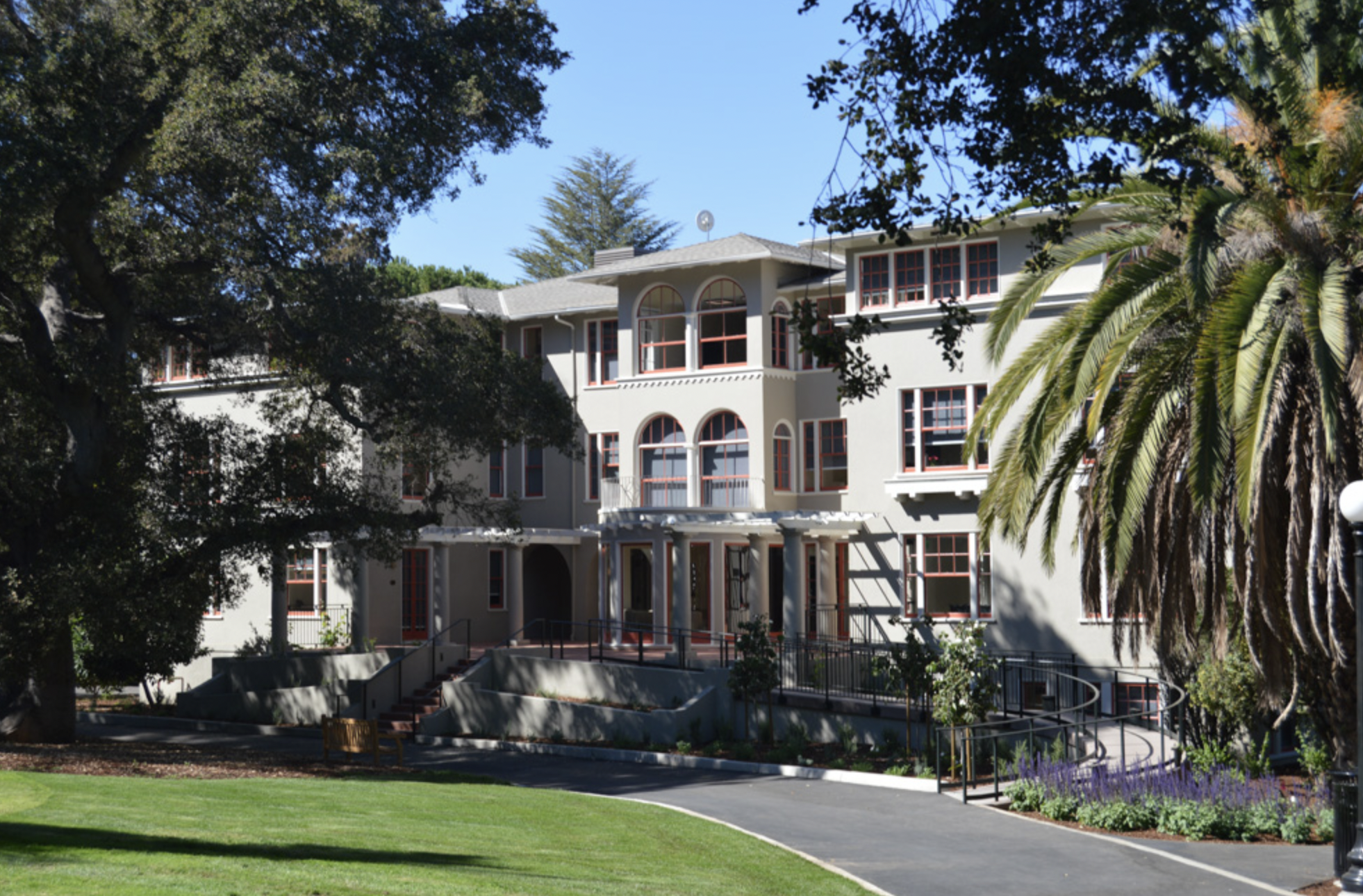Stanford’s 2021-2022 Title IX report, released publicly on Dec. 1, lacks detail that had been included in previous years’ reports about the outcomes of informal resolutions to sexual misconduct allegations. The University offered inconsistent explanations in statements.
Title IX reports in previous years included specifics about University sanctions. In the 2019-2020 report, the conclusion of an informal resolution of an investigation of “sexual harassment in a student setting” by a male graduate student was “no contact with complainant; loss of privileges; sexual citizenship training; alcohol counseling.” In the 2020-2021 report, a male undergraduate involved in an informal resolution for the same conduct was subject to “deletion of all social media accounts; training/remediation.”
In the 2021-2022 report, the outcomes of informal resolutions were not reported. The report did not explain or note this change.
Informal resolutions involve parties engaging in mediation with the help of an outside party to reach a mutual agreement. Formal resolution procedure involves an external group investigating the allegations to determine whether to proceed to a hearing to review evidence.
University spokesperson Dee Mostofi wrote in a statement that “this year, due to the very low number of cases handled through the informal resolution process and the increased likelihood of being able to identify specific individuals who did utilize the informal process this year, we did not release more detailed outcome information about the informal resolution cases out of respect for the privacy of the individuals involved.”
Previous Title IX reports, though, show that the University has consistently reported outcomes of informal resolutions despite a small number of cases. In the 2020-2021 report there was one informal resolution across the report’s categories — and the outcome was reported. The 2021-2022 report included three informal resolutions without releasing their specific outcomes and an overall 118% increase of sexual violence reports from the previous year.
Mostofi wrote that “this reporting does not reflect a policy change,” in response to questions about why the data was reported in previous years and not in this year.
Stanford Law School professor Michele Dauber contested the University’s position. “It’s hard to square their statement that they haven’t changed policy with the fact that last year, when there was only one case, they published these data and this year when there were three cases they did not.”
“It is not inappropriate for the University to observe some rule about small numbers and the risk of disclosure. However, the University should be transparent about that rule, including specifying what qualifies as a small number,” Dauber wrote.
According to email exchanges obtained by The Daily, Dauber raised concerns over the less detailed report on Dec. 12 in an email to University Provost Persis Drell, Title IX Director Stephen Chen, Vice Provost for Institutional Equity, Access & Community Patrick Dunkley and others. Dauber wrote that “the reports have become less detailed this year…regarding outcomes and sanctions.”
“I assume that this is just an oversight,” she wrote. “However, at this point, the data is simply missing and I would like to have it included.”
Chen wrote in a Dec. 16 response that the “absence in some categories is consistent with how we reported similar patterns in prior years.”
Undergraduate Senate co-chair Amira Dehmani ’24 disagreed that the reporting was consistent. “It definitely appears like they are sharing less information than before, which is not good,” Dehmani wrote.
“Having fewer details makes it difficult for advocates and survivors to have the data necessary to sway the administration to make changes to support them,” Dehmani wrote. “It creates a paradox: we need data to be convinced about needed reform, but we won’t collect or share the data necessary to do that.”
Mostofi wrote that “for the last six years, Stanford has been producing and sharing an annual report on the university’s efforts to address sexual harassment in our community with as much transparency as possible. Our aim is two-fold, for the community to understand the seriousness with which Stanford engages in issues of sexual harassment and our comprehensive approach to this problem.”
Mostofi did not respond to questions about whether the data on outcomes of informal resolutions would be provided.
